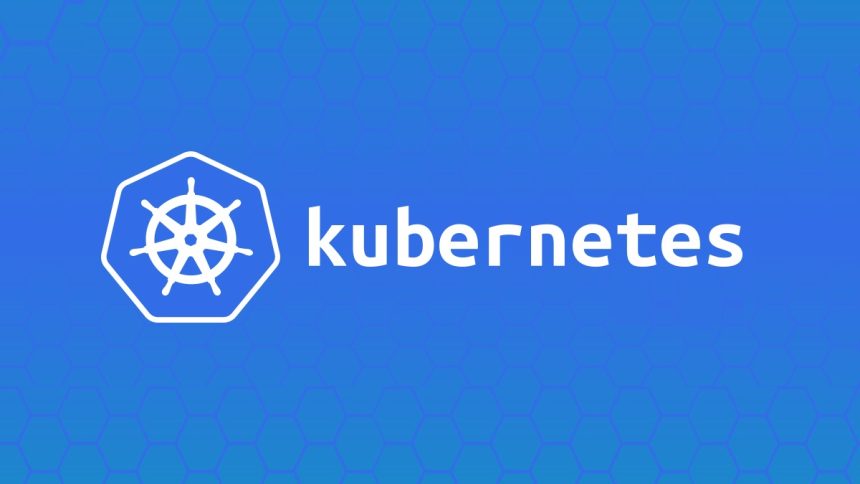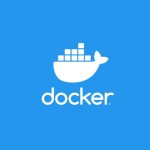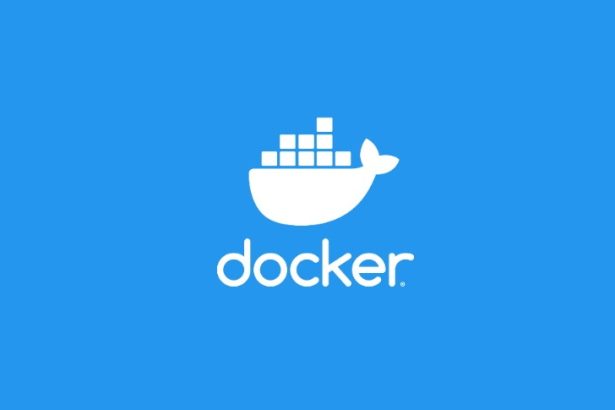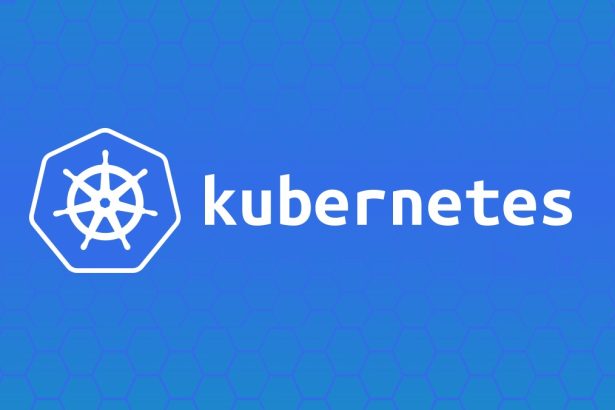Kubernetes has become the go-to platform for container orchestration, enabling developers to efficiently manage, deploy, and scale containerized applications across multiple servers. Originally developed by Google, it is now an open-source tool maintained by the Cloud Native Computing Foundation (CNCF). Kubernetes automates various aspects of application deployment, making it indispensable for today’s cloud-native applications.
This guide explores Kubernetes and its fundamental concepts, including the need for container orchestration, architectural components like Pods and Nodes, a high-level view of its architecture, and practical Spring Boot use cases.
Table of Contents
- The Need for Container Orchestration
- Pods, Nodes, and Clusters Explained
- High-Level Architecture of Kubernetes
- Common Use Cases with Spring Boot Examples
- External Resources for Further Learning
- Final Thoughts
The Need for Container Orchestration
Why Container Orchestration?
Containers, powered by tools like Docker, excel at packaging applications with all their dependencies. However, managing containers manually becomes complex when scaling applications or coordinating hundreds of containers. That’s where Kubernetes steps in.
Problems Solved by Kubernetes
- Scaling: Ensures your application scales vertically or horizontally based on demand.
- High Availability: Automates failover for containerized applications, ensuring resilience.
- Load Balancing: Distributes traffic evenly across containers to maximize performance.
- Self-Healing: Automatically restarts failed containers and replaces unresponsive Pods.
- Zero-Downtime Deployments: Supports rolling updates and rollbacks, ensuring smooth upgrades.
Kubernetes automates these tasks, allowing developers to focus on writing code instead of managing infrastructure.
Pods, Nodes, and Clusters Explained
Fundamental Kubernetes Components
Kubernetes abstracts infrastructure complexity by organizing applications into Pods, Nodes, and Clusters.
1. Pod
The smallest deployable unit in Kubernetes, a Pod encapsulates one or more tightly coupled containers that share the same IP address, storage resources, and network namespace.
Example:
- A Pod runs your Spring Boot application container alongside a sidecar container (e.g., for logging).
YAML Example of Pod Definition:
apiVersion: v1
kind: Pod
metadata:
name: spring-boot-app
labels:
app: spring-boot
spec:
containers:
- name: app-container
image: spring-boot-app:v1
ports:
- containerPort: 8080
2. Node
A Node is a virtual or physical machine in the Kubernetes cluster where Pods run. Each Node has:
- A Kubelet agent for communication with the Cluster.
- A container runtime like Docker or containerd.
- A network proxy,
kube-proxy, for networking with other Pods.
Types of Nodes:
- Master Node: Manages cluster-wide activities, including scheduling and scaling.
- Worker Nodes: Run application workloads.
3. Cluster
A Cluster is a collection of Nodes managed by Kubernetes. It is the overarching framework that ensures deployment, scaling, and health monitoring of your applications.
High-Level Architecture of Kubernetes
Core Components of Kubernetes
- Master Node Components:
- API Server: Entry point for all Kubernetes operations, communicating via a RESTful API.
- Controller Manager: Ensures the desired state of resources like Pods, Nodes, and Endpoints.
- Scheduler: Assigns Pods to Nodes based on resource requirements and policies.
- etcd: A distributed key-value store that stores the cluster state.
- Worker Node Components:
- Kubelet: Ensures the container runtime runs and maintains the desired state for Pods.
- Kube-proxy: Manages IP-based routing for inter-Pod and external communications.
- Container Runtime: A tool like Docker or CRI-O that runs containers.
Flow of Operations in Kubernetes
- Deployment Request: Developers use
kubectlor the Kubernetes API to create a resource (e.g., a Deployment). - Scheduler Assignment: The Scheduler assigns the resource to a suitable Node.
- Container Deployment: Kubelet pulls the specified image, creates the container, and monitors its state.
- Scaling (if needed): The Controller Manager scales Pods up or down based on policies.
Deployment Example
YAML for a Deployment in Kubernetes:
apiVersion: apps/v1
kind: Deployment
metadata:
name: spring-boot-deployment
labels:
app: spring-boot
spec:
replicas: 3
selector:
matchLabels:
app: spring-boot
template:
metadata:
labels:
app: spring-boot
spec:
containers:
- name: spring-boot-container
image: spring-boot-app:v1
ports:
- containerPort: 8080
Key Use of ReplicaSets
This example replicates the Spring Boot container three times across the cluster, ensuring fault tolerance.
Common Use Cases with Spring Boot Examples
- Scalable Web Applications:
Kubernetes scales Spring Boot applications automatically based on CPU/memory metrics using the Horizontal Pod Autoscaler (HPA).
HPA Configuration Example:
apiVersion: autoscaling/v1
kind: HorizontalPodAutoscaler
metadata:
name: spring-boot-hpa
spec:
scaleTargetRef:
apiVersion: apps/v1
kind: Deployment
name: spring-boot-deployment
minReplicas: 2
maxReplicas: 10
targetCPUUtilizationPercentage: 50
- Service Discovery for Microservices:
Kubernetes Services expose Spring Boot microservices for intercommunication.
Service Configuration Example:
apiVersion: v1
kind: Service
metadata:
name: spring-boot-service
spec:
selector:
app: spring-boot
ports:
- protocol: TCP
port: 8080
targetPort: 8080
type: LoadBalancer
This provides an external IP to access the service.
- Stateful Applications:
Use Persistent Volumes (PV) and Persistent Volume Claims (PVC) to handle Spring Boot applications with databases.
Volume Example for a PostgreSQL Database:
apiVersion: v1
kind: PersistentVolumeClaim
metadata:
name: postgres-pvc
spec:
accessModes:
- ReadWriteOnce
resources:
requests:
storage: 1Gi
Attach this volume to a Pod running a PostgreSQL container.
- CI/CD Pipelines:
Use Kubernetes for automated deployment of Spring Boot builds through pipelines (e.g., Jenkins, ArgoCD).
External Resources for Further Learning
- Kubernetes Official Documentation
- What Are Containers on Wikipedia
- Kubernetes YAML Configurations on GitHub
- Spring Boot Kubernetes Guide
Final Thoughts
Kubernetes is a must-have tool for orchestrating containerized Spring Boot applications in a microservices architecture. By understanding its components, from Pods to Clusters, and leveraging its advanced features like scaling, load balancing, and fault tolerance, you can unlock the full potential of cloud-native development.
This guide provided actionable insights and examples to help you get started with Kubernetes and apply it to real-world Spring Boot projects. Bookmark this resource as you continue to explore Kubernetes and container orchestration!



